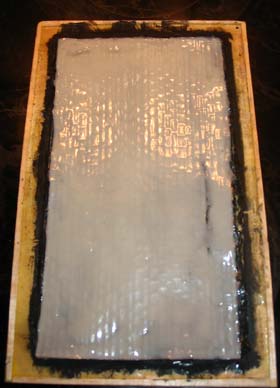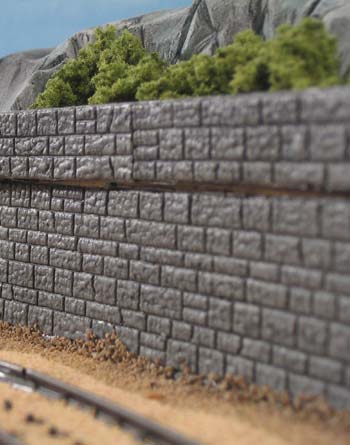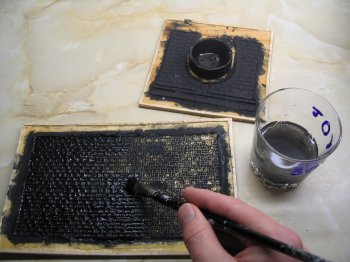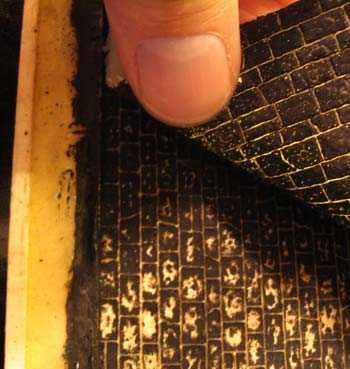|
Hints & Tricks - Moulded brick and stonewalls I like to take short-cuts to the best
result and here's one which I found very useful. There is a wide
range of stone walls, brick walls, tunnel entrances and stone
arches available in moulded plastic in our Hobby shops. However,
they are quite expensive and the plastic is hard and not so easy
to apply. My landscape usually contains a lot of walls, since
I have limited space and of course a lot of tracks. Engraved walls
are great if you are skilled and lot of time, but I save those
for the front part of my layout.
|
|
|||
|
|
 The glue has now dried enough to be removed from the mould. |
|
Wall production starts |
|
|
Making the first moulded wall The soft stone wall Good luck! / Martin T . |



